Recommended Posts
nigel99 143
But we already have a fairly substantial quantity of two out situations where people open low.
There was a discussion in the incidents thread about people who want to open higher due to a long spot and the dangers that it can present. So raising the AAD firing threshold would require the opening altitudes be raised for everyone to avoid that creating a new risk. That is fine for everyone jumping at turbine dz's but what about people at Cessna dz's? Suddenly the ability to do a 4 way out of a cessna becomes nigh on impossible.
My personal view is that AADs should remain at 750ft. Possibly student AADs could fire at the 500 foot higher margin as they already open higher (A license and students are supposed to be pack open at 3k).
irishrigger 31
Also it could save a jumper, if he has a couple extra sec to clear a reserve bridle if he has somehow snagged it around himself after a cutaway.
I think raising the firing height would be beneficial. And i also agree with john sherman that all main deployment heights should be raised by 500feet
my 2 cent worth
rodger
billvon 2,380
>it said at a 1000feet minimum.
Why not just raise it on your own AAD then?
irishrigger 31
I mostly do tandems these days.but i adjust my speed cypres 250 higher at the start of the day when i doo aff jumps.
Maybe i am just getting old but i dont like pulling below 3000feet. ![]()
Douggarr 6
skybytch 259
But it would be way cheaper for certain manufacturers than having to redesign and then test to the latest TSO (instead of the one from 30 years ago) a container that works like containers are supposed to. Maximize profit, even if it comprises safety, that's the American way.
The H/C manufacturers justn need to get with the existing limits and make it happen.
@ JP (diablopilot) could you link the chop that you recently had here (like in the last week or so).
Watch the reserve pilot chute being dragged momentarily......... probably lost 30-50 feet as a big guess.
To be clear, I do not even know what H/C system you have, so I am not "Witch Hunting" here.
BS,
MEL
www.Skyworksparachuteservice.com
Quote....failure of the container to get the reserve out and deployed in time.....
NO – the altitude shouldn’t be raised – the manufacturers should be REQUIRED to fix their problems & meet the requirements of the TSO,
That's why I voted no.
I think we're all Bozos on this bus.
Falcon5232, SCS8170, SCSA353, POPS9398, DS239
labrys 0
QuoteThat is fine for everyone jumping at turbine dz's but what about people at Cessna dz's? Suddenly the ability to do a 4 way out of a cessna becomes nigh on impossible.
Huh? Our Cessna (the 182, not the Caravan) usually hits jumprun at about 10K. How is raising AAD activation altitude 500 feet going to make 4 way impossible?
That aside: My outright admiration of Bill Booth makes me want to trust his opinion.
My outright admiration for the input given here frompeople who disagree with Bill Booth make me want to trust their opinions.
I'm not going to answer. I'm too ignorant.
gowlerk 1,903
Ken gowler
dks13827 2
Beatnik 2
QuoteI have watched Bill Booth's comments several times since he made them at PIA and I had the distinct impression from day one that he is genuinely trying to prevent avoidable fatalities where just a little more time / altitude means survival.
If the prevention of fatalities is the case, he should allow any/all manufacturers use the Skyhook free of charge. It sure seems to be marketed as a safety device that could prevent fatalities. I am not saying that he is not trying to prevent fatalities but it is hard to play that card when you are trying to turn a profit with this safety device.
tdog 0
I think the manufactures of AADs could build a data collection terminal - even if it is a 2nd AAD who's cutter does not cut anything, and "try" the new altitude settings on 500 jumpers to see if everyday skydivers scare their AADs to the point that the possible two-out risks outweigh the safety added by increasing the AAD altitude.
Honestly - I see the big way skydivers taking it lower than freefliers and other smaller groups, so perhaps this should be looked at too.



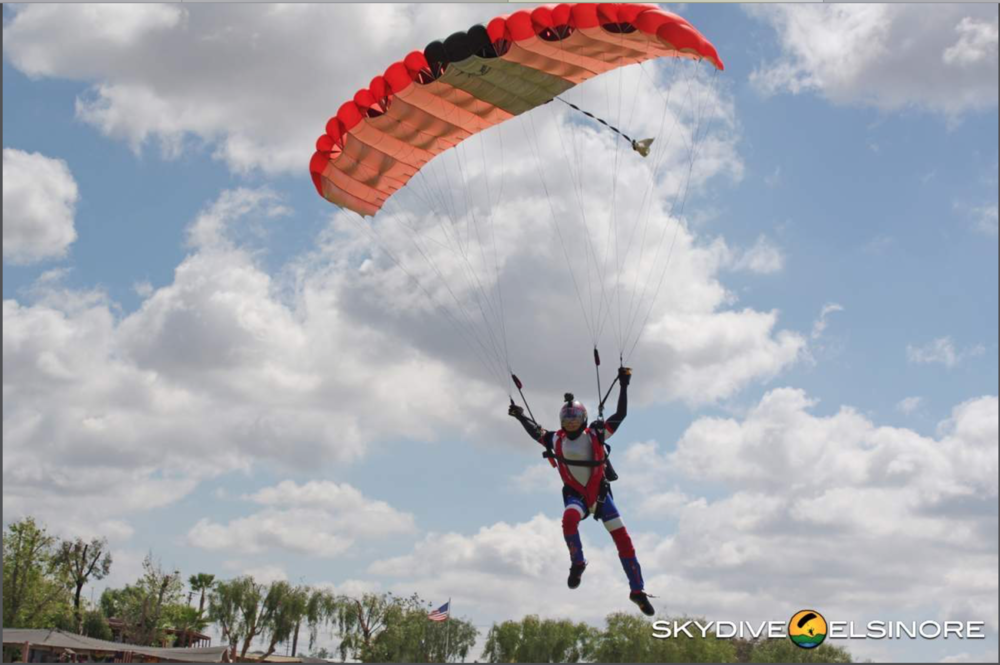
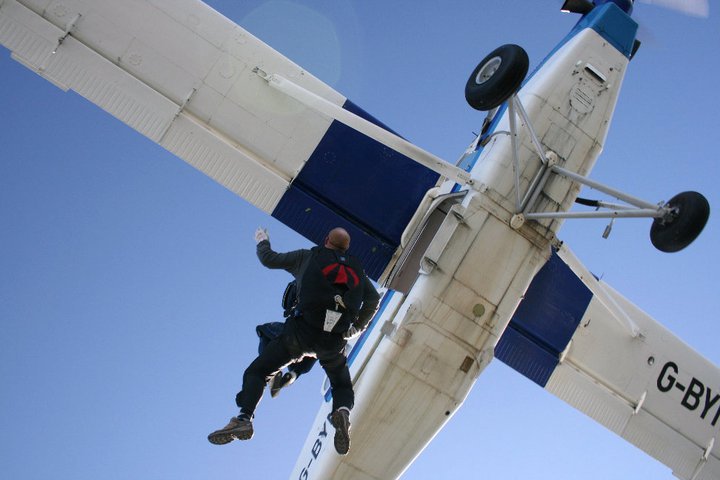
.thumb.jpg.4bb795e2eaf21b8b300039a5e1ec7f92.jpg)
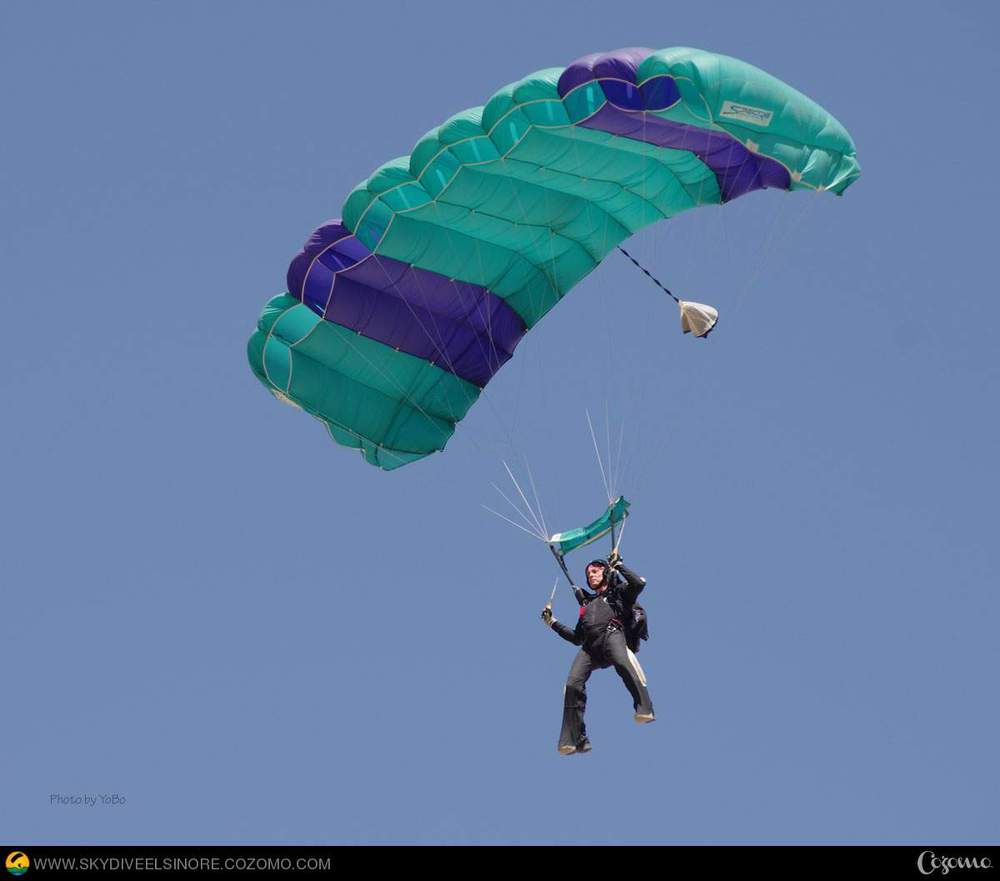
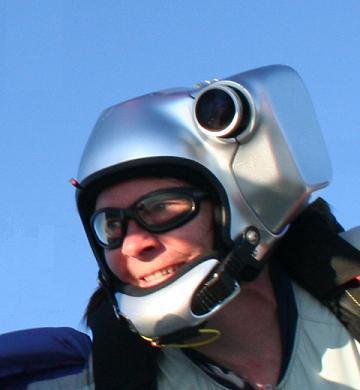
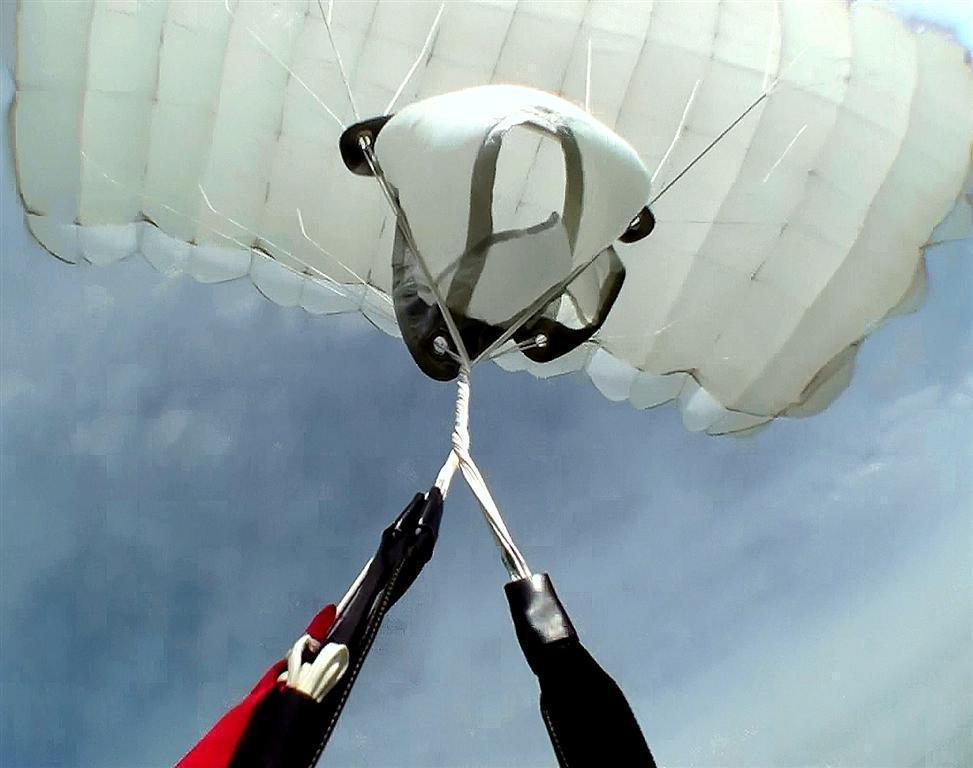
http://www.youtube.com/watch?v=zQmIu_mQ04o
http://www.jumpticketprices.com/dropzones.asp
Share this post
Link to post
Share on other sites